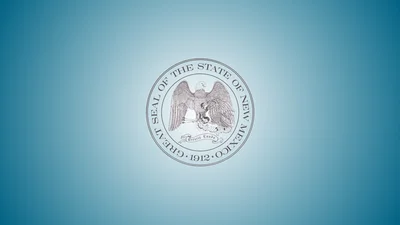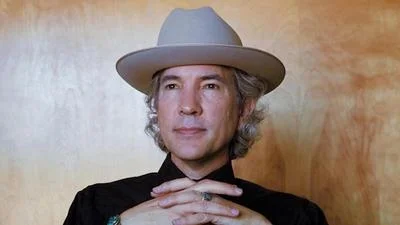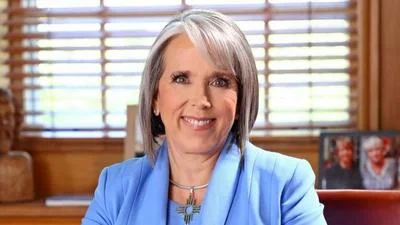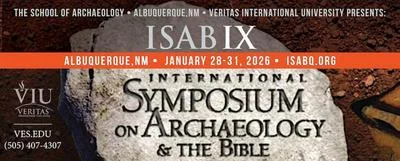Research by a University of New Mexico professor that traced Catholic priests who abused Native American children and teenagers was recently cited in an article in the Washington Post. Investigative reporters at the Post used the research data to find additional abusers.
The research was conducted by Kathleen Holscher, associate professor of Religious Studies and American Studies and Endowed Chair of Roman Catholic Studies at UNM, and Jack Downey, professor of Religion and Classics at Rochester University. Holscher specializes in U.S. Catholic history, focusing on church-state relations, settler colonialism, and clerical sexual abuse.
Holscher and Downey used a list compiled by the Jesuits of priests accused of sexually assaulting children to create an interactive digital map that tracks their careers. “They found 47 priests accused of abuse who had been assigned to Catholic missions in Native American communities,” the Post article noted. The investigation identified boarding schools where those priests worked and found 75 additional abusers.
Much of Holscher’s recent research has focused on Catholic clerical sexual abuse within missions to Native peoples during the 20th century. “Desolate Country is an interactive digital map that visualizes the movements of Catholic priests ‘credibly accused’ of abuse over their careers,” Holscher explained. The map focuses on priests who were members of the Society of Jesus, a Catholic religious order with numerous missions during the 20th century.
Holscher has long been interested in how the Catholic Church collaborated with the federal government in running boarding schools for Native people and its role in U.S. settler colonialism. She noted that after a Pennsylvania Grand Jury Report in 2018 brought new attention to clerical abuse nationally, she and Downey aimed to raise awareness about higher rates of such abuse at missions compared to other regions.
“This research reveals a complex story,” said Holscher. “In some cases, Church leaders transferred or ‘dumped’ priests they already knew were trouble into missions. In other cases, longtime mission workers began abusing young people under racially biased assumptions that the abuse would never be reported.”
Many accused priests from Native missions worked at boarding schools, especially in South Dakota, Montana, and Washington state. Notable sites included Colville reservation, Rosebud reservation, Pine Ridge reservation, St. Michael’s on Navajo reservation, and St. Catherine’s Indian School in Santa Fe.
“The clusters of abuse our map shows demonstrate correlation but cannot alone explain causation,” Holscher said. She emphasized ongoing qualitative research to understand how and why mission abuse occurred.
“Most importantly,” Holscher added, “we hope this research can raise public awareness about Catholic boarding schools and clerical sexual abuse endemic to those missions.” The map aims to shift focus from individual abusive priests to spatial analysis for understanding abuse patterns.
The researchers received positive feedback on their work before it was covered by larger media outlets like the Washington Post. They have presented their findings across various public and scholarly platforms.
“We are happy the Washington Post could use its resources to locate more abusers beyond our scope,” said Holscher. She noted differences between their criteria: while they focused only on Jesuits from Western Province Society of Jesus at Native missions, the Post included all accused priests who spent time working at Native missions regardless of specific accusations from those locations.
Most accused clergy are now deceased or beyond criminal prosecution due to expired statutes of limitations; civil lawsuits have varied success as legal recourse for survivors. Despite this challenge, Holscher believes there is still opportunity for institutional reckoning within the Church regarding its history with Native peoples.
Mapping continues revealing important insights about clerical sexual abuse and Church history on Native lands; plans are underway for expanding Desolate Country's scope within upcoming years.
“We hope both Catholic leaders and laity will recognize violence within Native missions as central parts rather than peripheral aspects of American Catholic history," concluded Holscher.
The Post article also mentioned Secretary of Interior Deb Haaland’s examination into boarding school histories operated or supported by her department; a 2022 report attributed responsibility for such systems partly onto U.S government actions.









